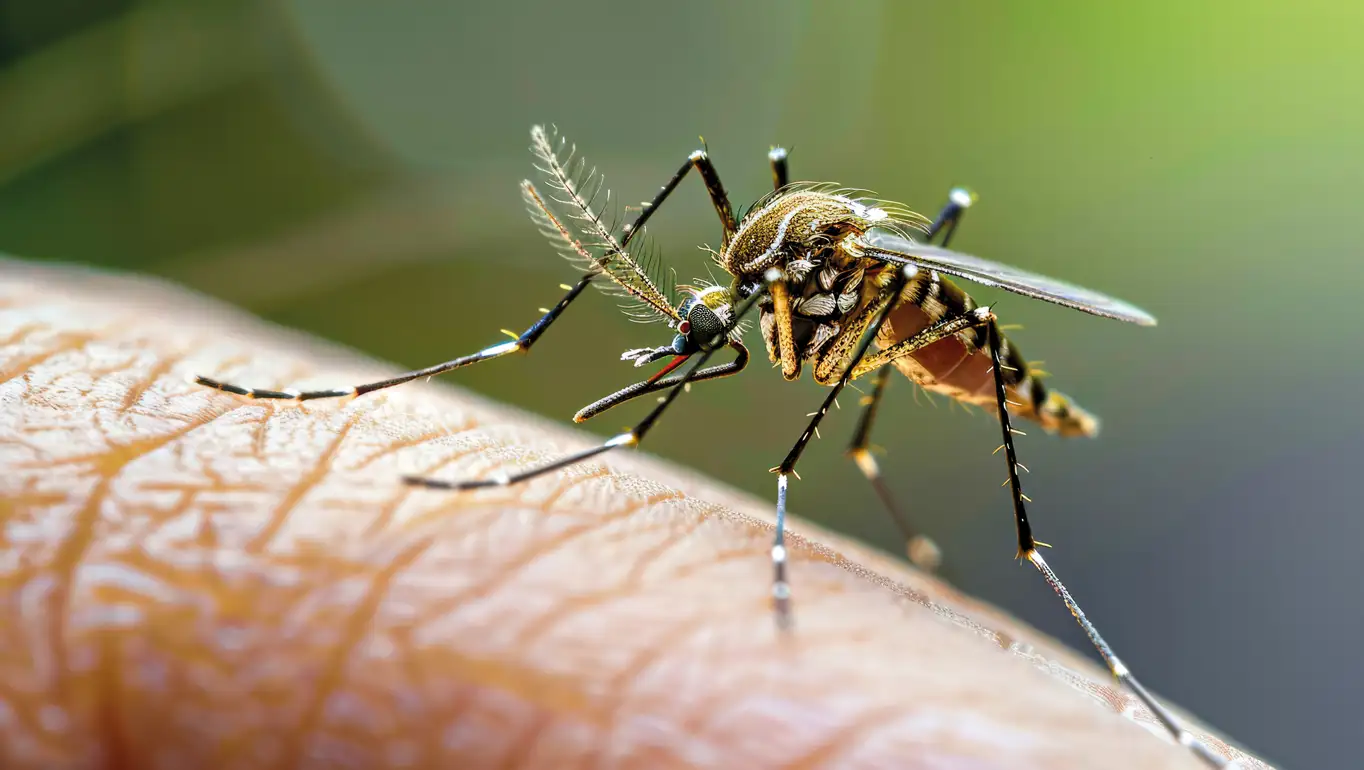The WHO has established that Neglected Tropical Diseases (NTDs), such as Dengue and Chikungunya, impact over a billion people globally. The breeding grounds for these often-debilitating diseases are primarily rural areas and conflict zones—places with inadequate access to quality healthcare, sanitation, and clean water. This leaves some of the poorest and most vulnerable populations at heightened risk, trapped in cycles of poverty and health inequity. NTDs not only pose a threat to individuals and communities but also stand as barriers to achieving several Sustainable Development Goals, including SDG 3, which focuses on promoting good health and well-being for all.
Unfortunately, despite the immense suffering caused by NTDs, vaccine development for these diseases has historically been underfunded and overlooked. Additionally, challenges like climate change and the recent COVID-19 pandemic have only exacerbated their impact, placing even greater strain on already fragile health systems.
With all these challenges compounded, the urgent need for increased resources, strategized support, and funding towards addressing NDTs is unmistakably clear. Fortunately though, progress is underway. Through partnerships with various institutions and countries, the UN and its agencies, including WHO and the International Vaccine Institute (IVI), are making strides in vaccine research and development, securing funding, and mobilizing public health campaigns that prioritize areas that are hardest hit.
The WHO’s Strategic Advisory Group of Experts on Immunisation, for instance, has recommended the CYD-TDV Dengue vaccine (the first of its kind licenced in 2015) for use in endemic areas for people aged 9–45.
Following this, scientists have now also developed a second, more effective vaccine for dengue: Takeda’s TAK-003. This one is now in late-stage trials and holds promise for broader age groups with greater protection.
Meanwhile, on the Chikungunya front, the IVI is passing trials for the promising VLA1553 vaccine, which has demonstrated high efficacy in preliminary studies. With the ongoing advancement of medical technologies, these initiatives not only offer hope for eradicating many NDTs entirely, but also serve as a testament to how innovation is allowing us to navigate some of the more complex logistical and ethical challenges associated with clinical trial implementation.
Nonetheless, we must focus on challenges beyond clinical trials, particularly vaccine equity- a major hurdle that threatens NDT progress. In areas most severely impacted, which predominantly are low-income regions in the Global South—timely access to vaccines is critical, yet frequently delayed. In fact, these diseases are labelled ‘neglected’ because, while NDTs have been eradicated in wealthier nations, they continue to devastate the most impoverished populations in less-developed countries.
A study conducted in the urban slums of Karachi, Pakistan, highlights the various barriers to widespread immunization against polio for children from ‘high-risk’ communities. Maternal education is noted to play a significant role, with children of mothers who completed primary education or higher being more likely to receive vaccinations than children with mothers who did not. Paternal occupation also influences vaccination rates, as children of unemployed or daily wage-earning fathers face lower immunization levels, reflecting the socioeconomic challenges many families in the region face. Greater distances to healthcare facilities also reduce vaccination rates, showing the impact of logistical challenges in these areas.
Most strikingly however, the study reveals how nearly three-quarters of primary healthcare services in these communities are provided by private bodies operating independently of government-run immunization programs. This lack of integration resulted in persistent gaps in vaccine outreach, delivery, and tracking. Ultimately, fragmentation of healthcare systems like this leaves children in underserved areas at greatest risk of preventable diseases, drawing parallels with the systemic challenges faced in combating NDTs.
Considering these limitations, I believe there are important lessons to be drawn from responses to recent biological threats such as COVID-19, which can help us tailor robust and sustainable strategies for combating NTDs. The rapid, focused, and collaborative efforts in coordinating vaccine developments against COVID-19 demonstrated how a shared sense of urgency helped mobilize the international community to take action against an unprecedented biological threat. Applying this same level of commitment and resources towards tackling NTDs could dramatically shorten vaccine development timelines and enable faster interventions.
It’s time we confront the persistent reality of NDTs and dedicate ourselves to ensuring they are no longer neglected or prevalent. By building on the success of COVID-19 responses, bodies such as the UN, IVI, and WHO along with other institutions, are already positioned to spearhead the global battle against NDTs.



